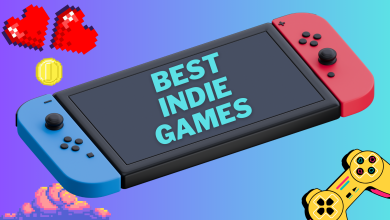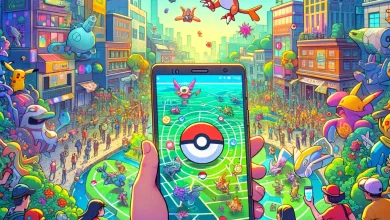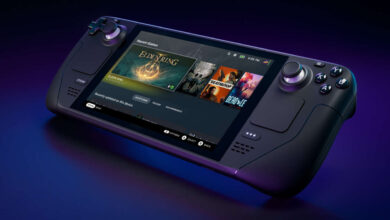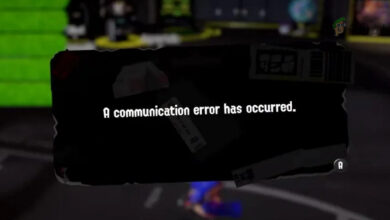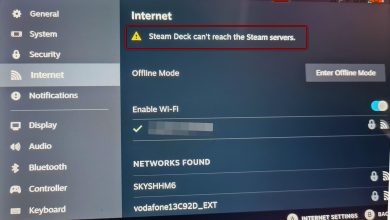PlayStation Portal vs PSP & PS Vita: How Does it Stack Up?
Recently, at Gamescom 2023, Sony announced PlayStation Portal, a new handheld console that is set for release later this year. The Portal, previously termed Project Q by insiders, was announced after much speculation; with leaks, theories and unofficial hands-on videos making rounds all over the Internet.
It has been over 12 years since Sony last developed a handheld console. The Portal succeeds the severely underrated PlayStation Vita, and the legendary PlayStation Portable, aka PSP. Given the impact of its predecessors in the handheld console category, the Portal has a lot of expectations riding on it. Therefore, today we’ll be taking a look at how the Portal compares and stacks up against the legacy.
Table of Contents
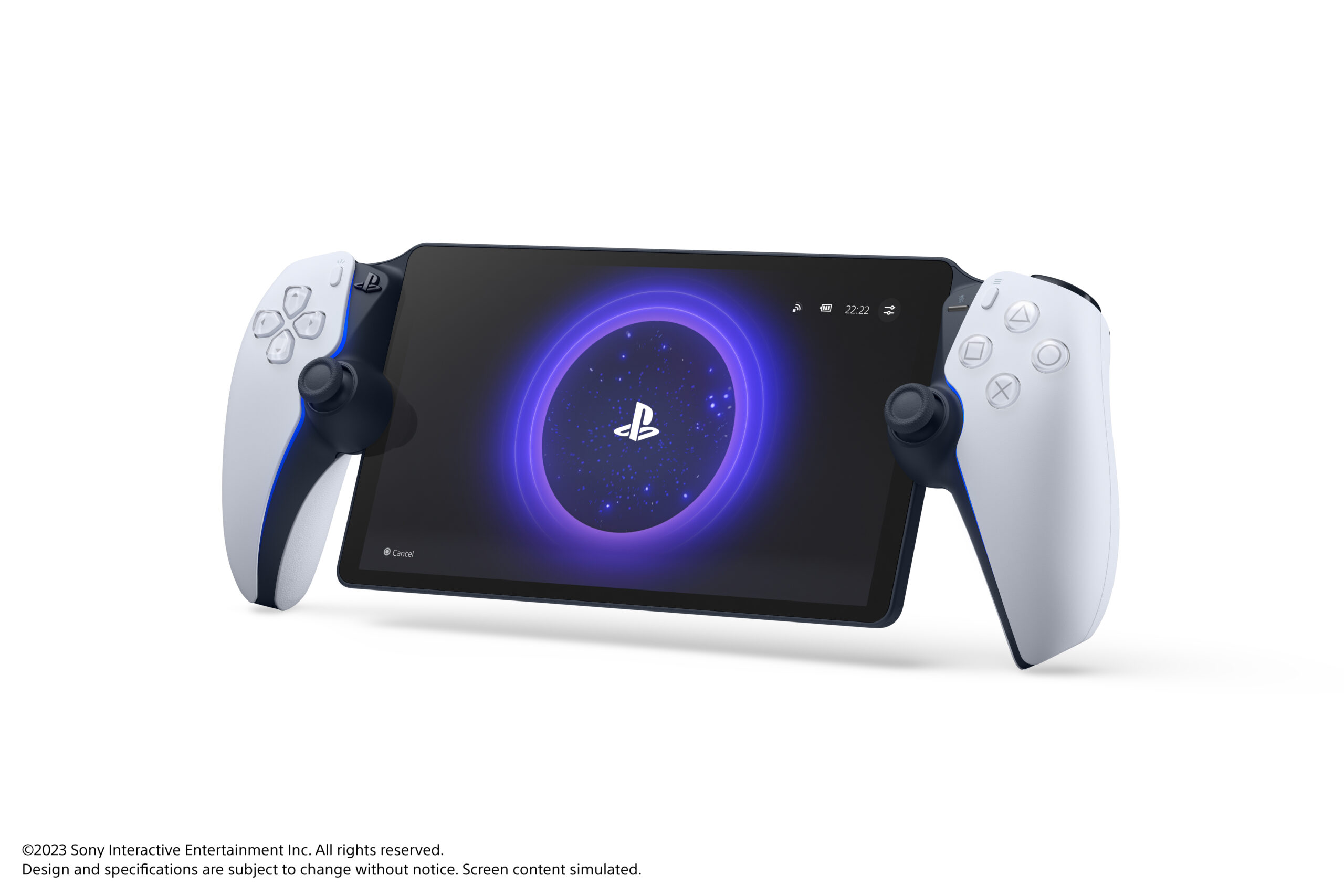
PlayStation Portal Specs and Features
The PlayStation Portal is a new “remote player” designed to work with the PS5. It has no dedicated hardware inside to play games or anything. Instead, its entire purpose is to let you stream your PS5 content over the internet via Remote Play. Yes, that means you need to have a plugged-in PS5 in order to use this device.
The PlayStation Portal essentially looks like a DualSense controller sliced in half with a screen attached in the middle. Speaking of which, the screen is an 8-inch LCD, capable of providing 1080p resolution with a max refresh rate of 60Hz. The device also has a 3.5mm audio jack for wired headphones.
The controllers on either side are non-detachable, and fully compatible with the PS5. As such, it carries over every DualSense feature such as those adaptive triggers and the amazing haptic feedback. It’s literally just a standard DualSense torn apart by the screen in the center.
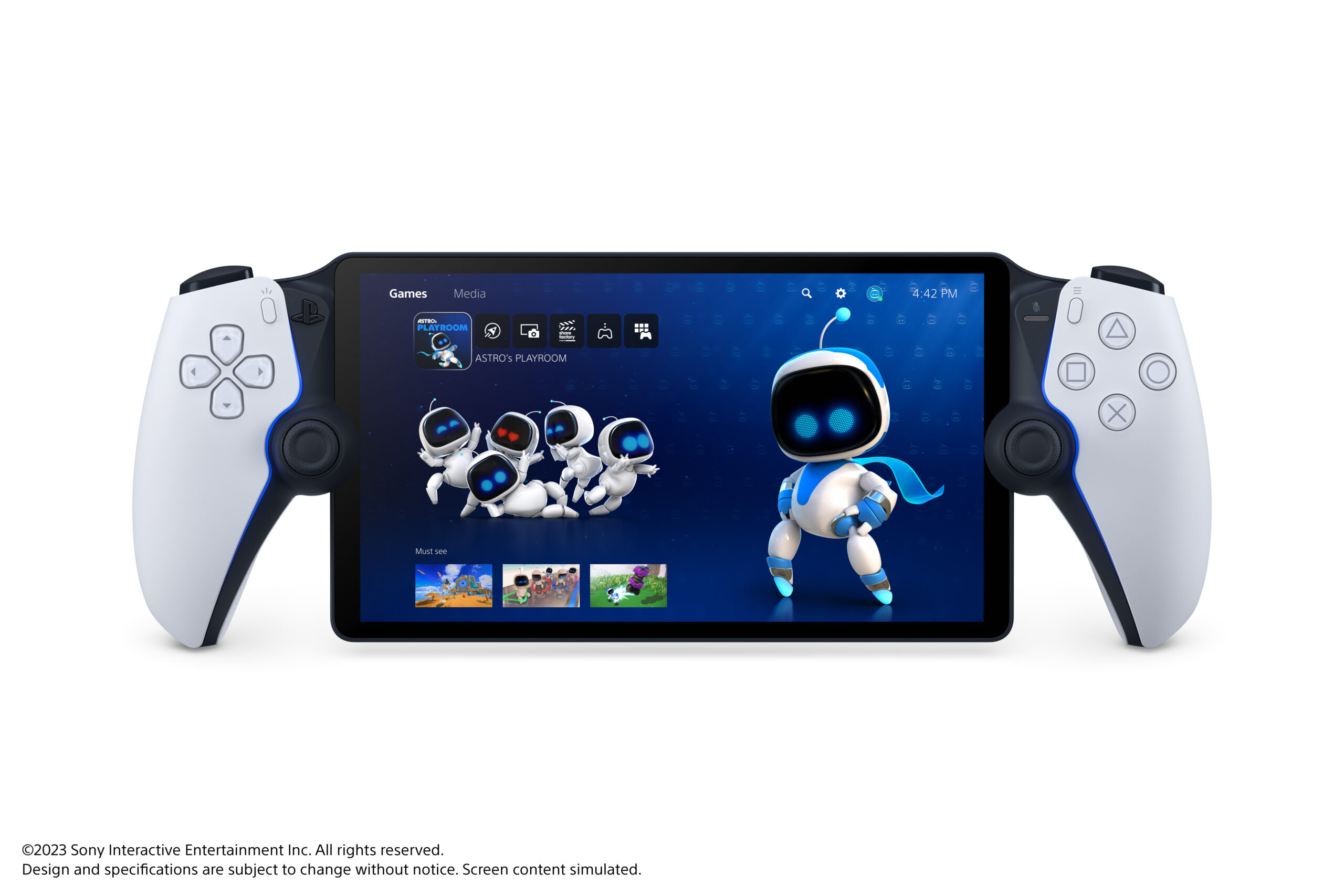
The Portal does not support PSVR2 games. It also does not support streaming for games that are available for streaming via PlayStation Plus’ Premium plan. Sony also revealed nothing regarding the device’s battery. Additionally, it does not have any Bluetooth compatibility; instead making use of Sony’s new PlayStation Link technology.
This technology is set to be a new standard for future PlayStation devices and is currently supported only by the upcoming Pulse Elite wireless headset and the Pulse Explore wireless earbuds. The PlayStation Portal’s announced price is $199.99, €219.99, or £199.99 and it is set to launch on November 15 of this year.
PlayStation Portal vs. PlayStation Vita
Now that you’re up to speed on what the Portal exactly is, let’s see how it stacks up against the most recent dedicated PlayStation handheld, the PS Vita.
The PlayStation Vita was released in December 2011 in Japan and worldwide in February 2012. Although, the Vita had okay sales in its first year, it fell off significantly later on; partly due to Sony’s negligence as argued by many enthusiasts. Either way, it was hard to deny that the Vita was a console ahead of its time, featuring a 5-inch OLED display, Bluetooth support, Wi-Fi, two touchpads on the back, and optional 3G.

The Vita also featured 0.3 MP front and back cameras, a 2210 mAh battery that lasts up to 5 hours when gaming, and flash cards for storage. These cards were proprietary, and therefore expensive, and part of the reason why Vita failed to take off. Additionally, it was backwards compatible with PSP games, although only on a digital format.
The Portal has none of these features, mostly due to the fact that it has no dedicated hardware. There are no cameras, no option to add any storage since there’s no need for it, and assuming it’ll have the same battery life as a standard DualSense controller, that front is looking pretty mediocre too.
Read More: How To Use a PS5 Controller on a PS4
It’s also a bit of a shock to see that the Portal has a LCD screen, when the 10-year-old Vita sported an OLED, and even the Nintendo Switch has one now. The Portal does have Wi-Fi support as it can only stream the games on your PS5 over Wi-Fi, but no Bluetooth either.
In 2014, a cheaper variant known as the “PS Vita Slim” was released featuring better battery life, 1GB internal storage, thinner body and a LCD display replacing the OLED. Simultaneously, Sony tried to breathe back life into the console once again by adding compatibility for Remote Play via PS4, PS3 games with the now defunct PlayStation Now (not working any more), and as 2nd screen for the PlayStation VR.
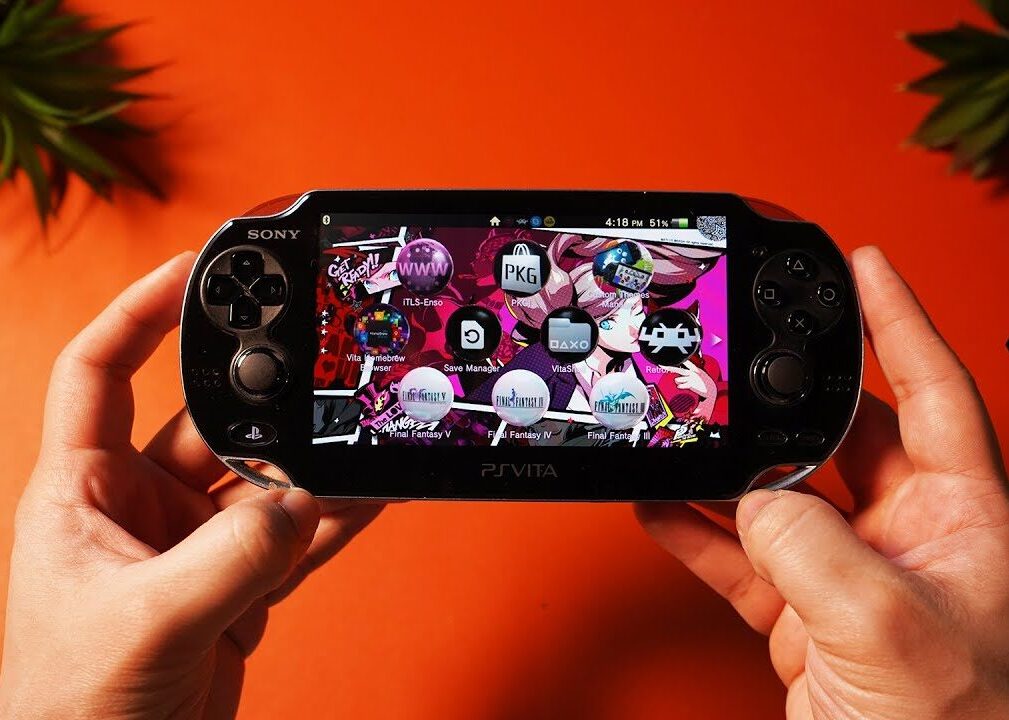
It’s hard to even put a label on whether the Portal has any kind of backwards compatibly since it’s literally just a glorified peripheral with no explicit predecessors. It is also unlikely that the Portal will receive any future variants. Thanks to the extensive mods by dedicated fans, the Vita is still going strong today. Whereas the chances of the Portal getting any community support are near-zero due to the absence of internal hardware.
Differences
| Features | PlayStation Portal | PlayStation Vita |
|---|---|---|
| Dedicated Hardware | Absent | Present |
| Remote Play compatibility | Compatible with PS5 | Compatible with PS4 |
| PSVR compatibility | Not supported | Acts as a 2nd screen for PSVR |
| Backwards Compatibility | Compatible with PS4 games through Remote Play | Compatible with PSP games digitally |
| Display | 8-inch LCD | 5-inch OLED (fat model) |
| Bluetooth support | Not supported | Supported |
| Console Exclusive Titles | No | Yes |
| Modding Support | Probably not; unconfirmed | Yes (though, unofficial) |
| Price (at launch) | $200 | $250 |
PlayStation Portal vs. PlayStation Portable
Now that you know how the PlayStation Portal compares with the PlayStation Vita, let’s see how it stacks up against the PSP.
The legendary PlayStation Portable, known as “PSP”, was released in 2003 in Japan and 2004 in other regions. It was the most powerful handheld console at the time, a competitor of the iconic Nintendo DS. Due to its stronger internals, it could produce higher-quality graphics and went on to cement itself as the 4th best-selling handheld console of all time.

The PSP is also the only handheld console to use an optical disc format, the Universal Media Disc (UMD), which carried games and other media. For storage, the PSP used proprietary Memory Sticks which were relatively inexpensive compared to the PS Vita’s solution. Once again, the PlayStation Portal has no storage and no slot for adding anything external.
The original variant of the PSP was powered by a 1800mAh battery that provided up to 6 hours of game time, and it also had an IR blaster. We hope that the Portal also lasts as long. Moreover, the PlayStation Portal is not nearly as ergonomic due to its interesting design, or as portable since it needs a PS5 connection at all times.
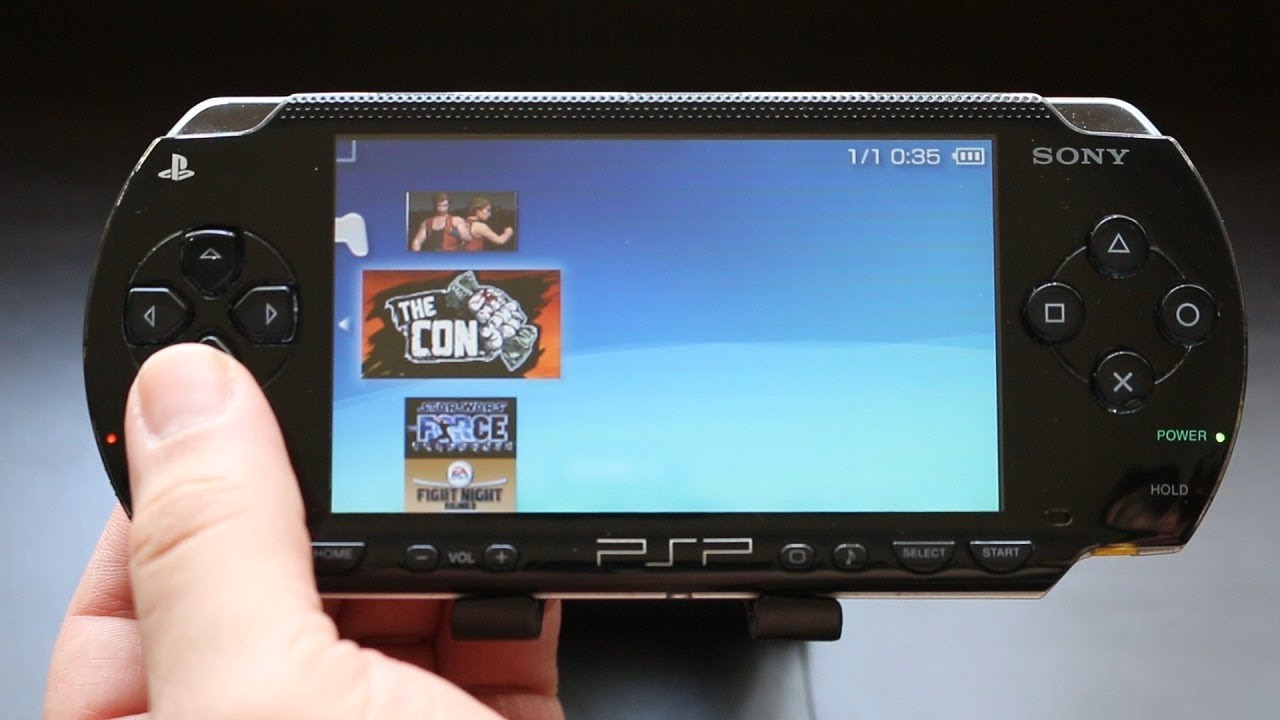
The PSP had a lot of future revisions, namely the PSP 2000, 3000, Street and Go, all of which brought something unique to the table. Needless to say, the Portal will not receive similar treatment and it’s hard to make out anything unique in it. The adaptive triggers and haptic feedback will be the most advanced in any “handheld” so far, but that’s only because the DualSense already had it.
Differences
| Features | PlayStation Portal | PlayStation Portable |
|---|---|---|
| Internal Hardware | Absent | Present |
| Remote Play compatibility | Compatible with PS5 | Compatible with PS3 |
| PSVR compatibility | Not supported | Not supported |
| Backwards Compatibility | Compatible with PS4 games through Remote Play | No backwards compatibility |
| Display | 8-inch LCD | 4.3-inch LCD |
| Bluetooth support | Not supported | Supported |
| Console Exclusive Titles | No | Yes |
| Modding Support | Probably not; unconfirmed | Yes (though, unofficial) |
| Price (at launch) | $200 | $250 |
PlayStation Portal vs. Modern Handheld Consoles
Recently, there’s been a resurgence in developing handheld consoles. Since the Vita, Nintendo had been dominating the handheld console scene with the 3DS and the Switch. With the contemporary releases of the Steam Deck and other such consoles, it would be boring not to compare the Portal with its “competitors”.
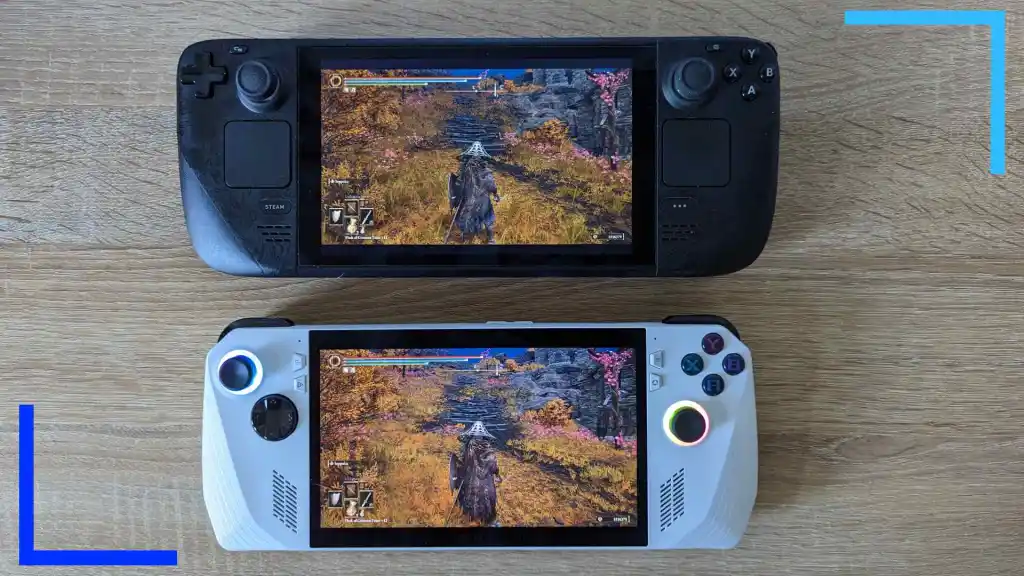
The main difference between every handheld and the Portal is the presence of dedicated processing hardware. The Portal has none to speak of, except for the DualSense’s own hardware. Comparing that to the Steam Deck and ASUS ROG Ally, which play games at a level equivalent to the PS4 or PS4 Pro; the ROG Ally’s performance surpasses these consoles by a considerable degree.
While the ROG Ally costs more than thrice as much, and the Steam Deck costs twice as much, that’s to be expected given their advanced capabilities. Moreover, the community for each console has already begun modding the consoles to utilize the powerful hardware at its maximum potential. Comparatively, the Portal will, at best, have cases, screen protectors and other accessories of such caliber and that’s it.
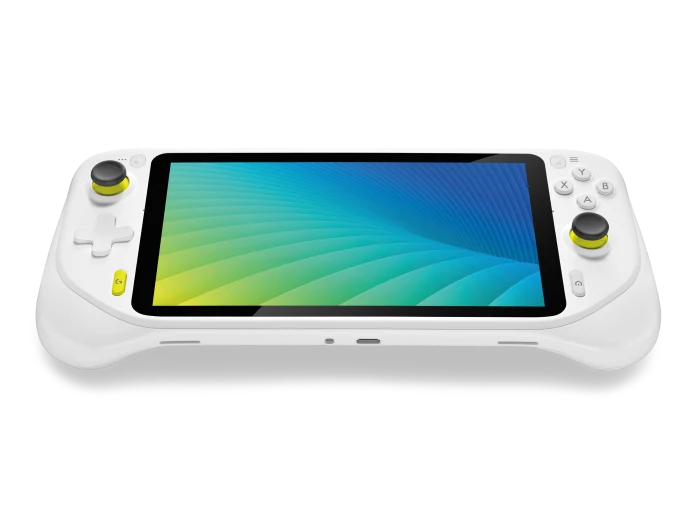
The closest competitor to the Portal, in terms of price, would be the Logitech G Cloud handheld console, which sells for $299.99. The G Cloud is entirely cloud-based; it runs PC and console titles via services like Xbox Game Pass andNVIDIA GeForce NOW. But even then, the console has a Snapdragon 720 processors with 4GB of RAM that runs Android, which allows you to play Android games and use Android apps.
There is no device on the market that presents a 1:1 comparison between itself and the PlayStation Portal. You could easily get a used phone off your local marketplace that has better specs, for the same price. We were very easily able to find this used OnePlus 9 Pro which has a 120Hz OLED screen, as compared to the Portal’s 60Hz LCD.

Not to mention the fact that this is a full-on flagship phone from 2021 that can run demanding Android games and even do some solid retro emulation. Add in a DualSense controller for $70, download the app and you have a Remote Play setup that has the same innovative controls as the Portal but astronomically better value. And, oh, you can make a call with it too.
Read More: How to Play PS4 Games on Your Android Remotely
The Legacy of Sony Handhelds
It’s no coincidence that “PlayStation Portal” can be conveniently shortened to “PSP,” indicating that it follows in the same line of legendary consoles as the actual PSP and the Vita. In actuality, it’s underwhelming to say the least. While the concept of having a device solely dedicated to Remote Play is somewhat unique, the lack of any other functionality makes the Portal a tough sell.
With most companies aiming to develop and offer cloud-based gaming solutions so that gaming is accessible for everyone, even if they don’t have beefy setups, the Portal is a step-down because it’s entirely dependent on the PS5—an extra $500 investment. If you want to stick with the console cloud experience, you can get the Logitech G Cloud for just a $100 more.
 Reviewed by
Reviewed by 